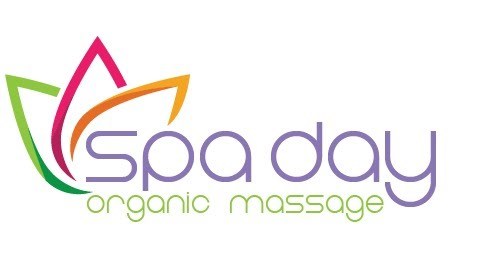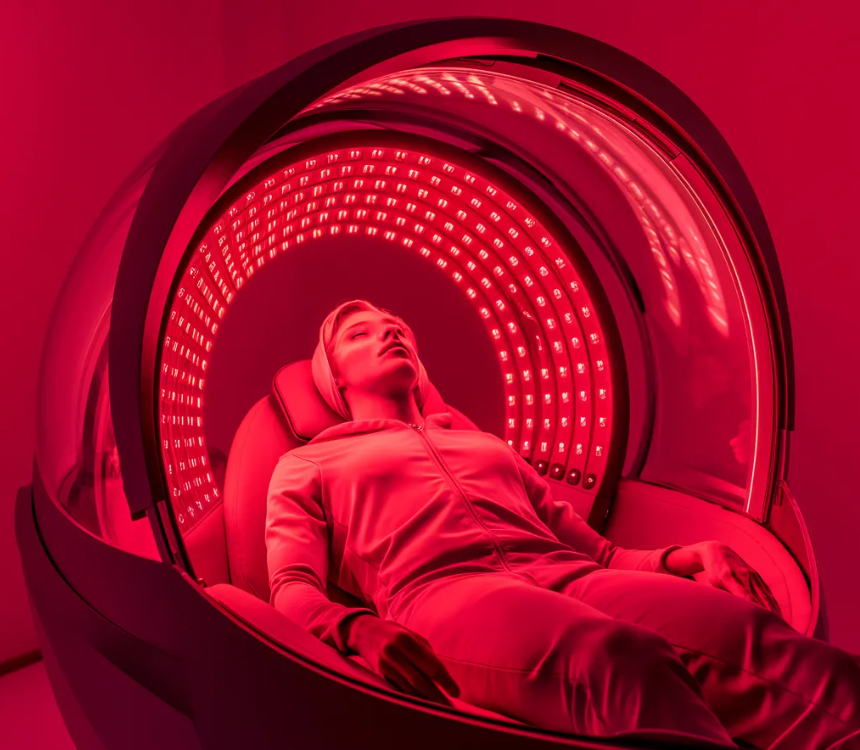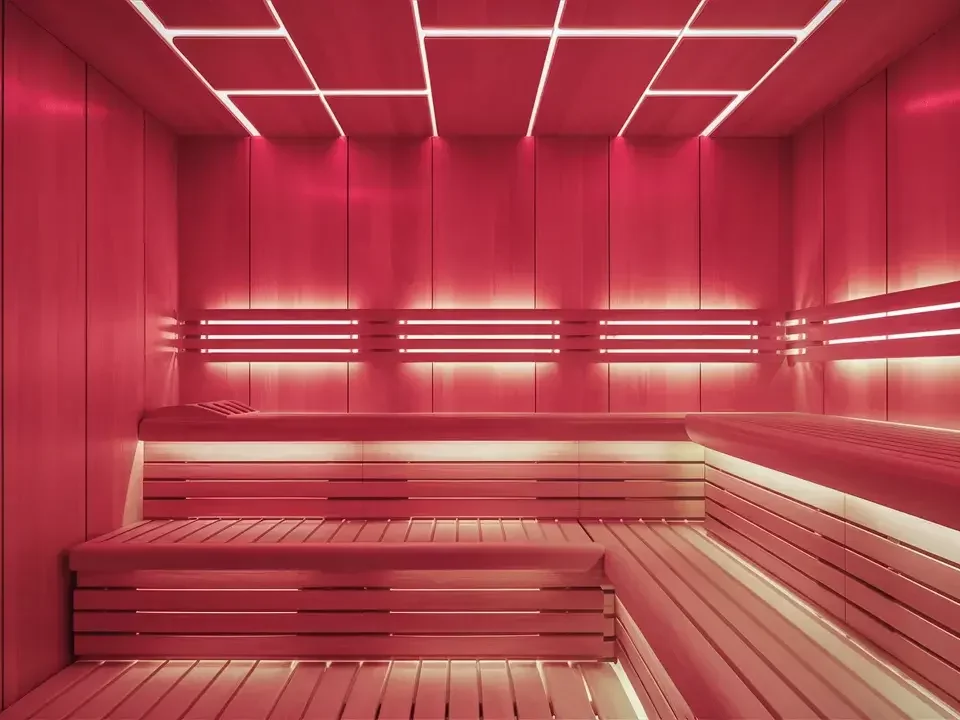
Boosting Skin Health with Red Light Therapy
April 29, 2024
Exploring the Multifaceted Techniques of Combination Massage
May 1, 2024Red Light Therapy (RLT) offers a wide array of benefits that make it a valuable addition to any daily wellness routine. By promoting cell regeneration and increasing circulation, RLT can significantly enhance skin health, reducing signs of aging like wrinkles and fine lines. It’s also known for its ability to reduce inflammation and pain, making it ideal for those with chronic joint disorders or muscle aches. Regular sessions can boost collagen production, helping to maintain youthful, radiant skin and faster muscle recovery. Incorporating RLT into your daily routine could be the key to unlocking a more vibrant, energetic you, enhancing both physical appearance and overall well-being.
Optimizing Your Routine with Red Light Therapy for Maximum Health Benefits
To maximize the health benefits of Red Light Therapy, consistency is key. Integrating RLT into your daily wellness routine can help maintain its therapeutic effects. Start with sessions of 15-20 minutes, ideally at the same time each day to establish a rhythm for your body’s healing process. Place the light close enough to target areas to ensure deep penetration but follow device instructions to avoid overexposure. Complement your RLT with hydration and a balanced diet to enhance detoxification and cellular repair. Over time, you may notice improved skin texture, reduced pain, and increased energy, culminating in an enhanced quality of life. Remember, patience and persistence are essential, as the benefits accumulate with regular use.
Personalizing Red Light Therapy: Tailoring Sessions for Individual Needs
Red Light Therapy isn’t one-size-fits-all. To get the most out of it, personalize your sessions based on your specific health goals and conditions. If you’re targeting skin issues like acne or aging, position the light to focus on your face and neck. For muscle recovery or joint pain, direct the light toward the affected areas. Consider the recommended distance and duration from your RLT device manufacturer, and adjust according to how your body responds. Some may require longer exposure times or more frequent sessions, while others might benefit from shorter, less frequent use. Listen to your body and adjust accordingly, possibly consulting a healthcare provider to optimize your RLT strategy and safely address your personal health challenges.





